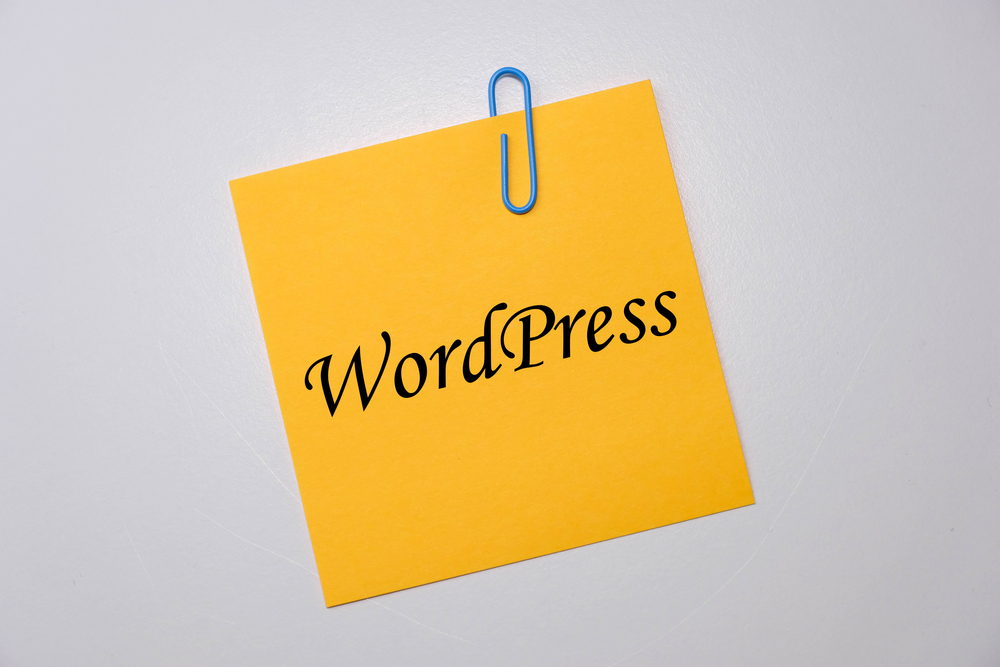
Mastering WordPress: Essential Tips and Tricks for Customizing and Maintaining Your Website

Introduction
WordPress is an incredibly popular content management system that allows users to create and manage their websites with ease. With its user-friendly interface and extensive customization options, WordPress has become the go-to choice for both beginners and experienced web developers. In this article, we will explore some essential tips and tricks to help you master WordPress (the blogging platform) and take your website to the next level.
1. Understanding WordPress (or WP) Themes
One of the greatest advantages of using WordPress is the vast collection of themes available. Themes allow you to customize the look and feel of your website without any coding knowledge. To find a suitable theme for your website, go to the "Appearance" section in your WordPress (the platform for bloggers) dashboard and click on "Themes." Here, you'll find thousands of free and premium themes to choose from. Once you've selected a theme, click on "Install" and then "Activate" to apply it to your website.
2. Customizing Your WordPress (WP) Theme
While themes provide a great starting point, you may want to customize them further to match your brand's identity or cater to specific design preferences. To do this, navigate to "Appearance" -> "Customize" in your WordPress dashboard. Here, you can modify various elements like site identity, colors, header, footer, and more. Additionally, many themes provide advanced customization options, such as custom widgets and page templates, allowing you to create unique layouts without any coding knowledge.
3. Installing and Managing WordPress Plugins
Plugins are the backbone of WordPress and extend the functionalities of your website. Whether you need to add a contact form, optimize for search engines, or enhance security, there is a plugin for almost everything. To install a plugin, go to "Plugins" -> "Add New" in your WordPress dashboard. Here, you can search for plugins using keywords or browse through popular or recommended plugins. Once you find a suitable plugin, click on "Install Now" and then "Activate."
However, it's important to be mindful of the number of plugins you install. The more plugins you have, the slower your website may become. It's recommended to choose plugins from reputable developers, regularly update them, and delete any unnecessary ones to ensure your website's performance remains optimized.
4. Customizing Your WordPress Plugins
While many plugins work out-of-the-box, you may want to make further customization to align them with your website's requirements. Fortunately, most plugins offer extensive customization options. To customize a plugin, go to "Plugins" -> "Installed Plugins" and click on the "Settings" or "Configure" button beneath the plugin's name. From there, you can adjust various settings and options provided by the plugin's developer. If you can't find the specific customization option you need, consider reaching out to the plugin's support forum or contacting the developer directly.
5. Regularly Updating WordPress and Plugins
WordPress regularly releases updates to improve security, fix bugs, and introduce new features. Similarly, plugin developers often release updates to ensure their plugins work seamlessly with the latest version of WordPress. To update WordPress, go to "Dashboard" -> "Updates" and click on the "Update Now" button if an update is available. For plugins, go to "Plugins" -> "Installed Plugins" and click on the "Update Now" link next to each plugin with an available update. Keeping your WordPress installation and plugins up to date is crucial for maintaining a secure and optimized website.
Frequently Asked Questions
Q1: Can I switch themes without losing my website's content?A1: Yes, changing themes in WordPress does not result in content loss. Your pages, posts, and media files remain intact. However, some theme-specific features may not work as expected when switching themes.
Q2: How do I back up my WordPress website?
A2: There are several ways to create backups of your WordPress website. You can use plugins like UpdraftPlus or manually back up the website's files and database through FTP and phpMyAdmin, respectively.
Q3: Can I create an online store with WordPress?
A3: Yes, WordPress offers several plugins, such as WooCommerce, that allow you to transform your website into a fully functional e-commerce store. You can add products, set up payment gateways, and manage orders and inventory.
Q4: How do I optimize my WordPress website for search engines?
A4: To optimize your website for search engines, install an SEO plugin like Yoast SEO or Rank Math. These plugins provide recommendations to improve your website's on-page SEO, generate XML sitemaps, and improve meta tags.
Q5: Is WordPress a secure platform for my website?
A5: WordPress itself is a secure platform; however, the security also depends on how well you maintain it. Ensure that you always update WordPress, themes, and plugins to the latest versions, use strong passwords, and regularly monitor your website for any suspicious activity.
Conclusion
WordPress offers endless possibilities for customization and maintenance, making it one of the most popular platforms for website development. By understanding the importance of themes, plugins, regular updates, and customization options, you can master WordPress and create a stunning, functional website that stands out from the crowd. With an array of resources and a supportive community, WordPress empowers everyone to create their online presence easily and efficiently.
Other useful resources
- https://www.wordpress24plus.com
- https://www.wordpress24plus.com/services/